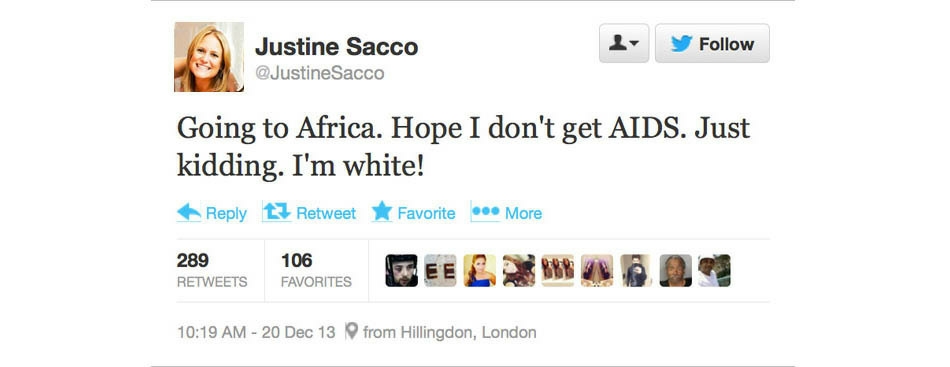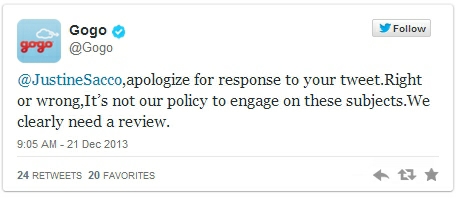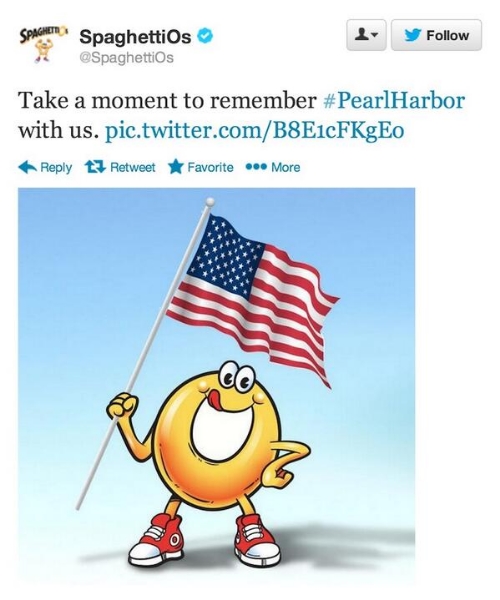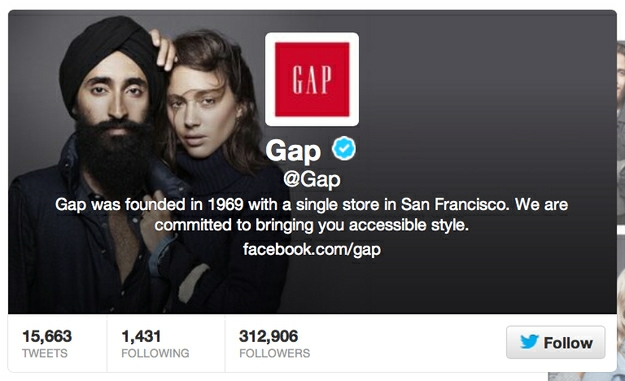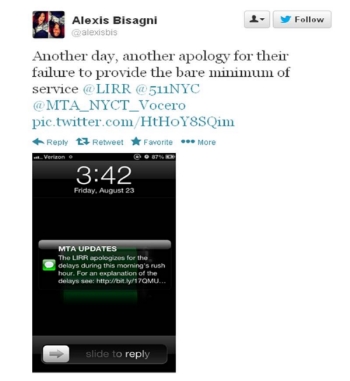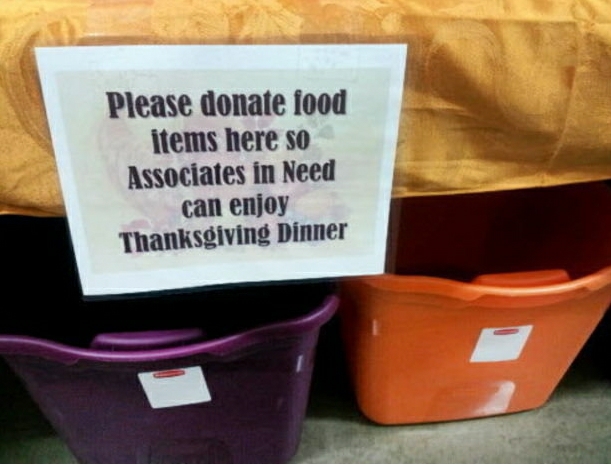UPS and Amazon Respond to Delivery Failures
The "Six Feet Under" DVD set didn't come in time for my friend's son, but Amazon modeled great service recovery. Unfortunately, UPS, the cause of the delivery failure, didn't measure up as well.
According to The New York Times, UPS (and to a lesser extent, FedEx) struggled to meet delivery times on Christmas Eve. Through their websites, I sent messages to both UPS and Amazon. UPS didn't respond yet, and others couldn't get in touch with the company, with one customer reporting calling four times and getting disconnected. A UPS spokesperson did provide this statement to The New York Times:
"It is unfortunate for this to happen at this time of year, but we're working around the clock to fix it. We had our peak projections, and the volume has exceeded our projection.
"We are sorry."
In the meantime, Amazon responded to my inquiry within hours, refunding my entire delivery fee, and providing a $20 gift card:
|
|||||
|
|||||
|
|||||
|
Discussion Starters:
- Assess Amazon's email: the audience perspective, content, organization, and grammar.
- How do you explain the difference between Amazon's and UPS's response? Why would two companies respond so differently?
The Internet Mob
A New York Times article criticized reactions to Justine Sacco's AIDS tweet as harshly as the tweet itself.
Sacco, the terminated communications director of an Internet company, fired off a jokey tweet ("Going to Africa. Hope I don't get AIDS. Just kidding. I'm white!") and suffered harsh consequences. Response tweets threatened murder and rape: 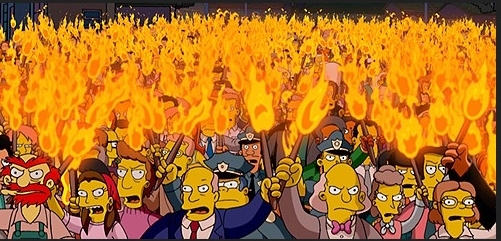
- "Someone please borrow me a Gun, I need to shoot -->"
- "Someone (HIV+) must rape this b**** and we'll see if her skin colour can protect her from AIDS."
Such tweets are painful to read and, of course, do nothing to teach a lesson, if that's the intent, of appropriate social media behavior.
The New York Times article explains the power of an Internet mob,
"...today's riots are different in that it is the powerful, specifically those with the largest followings online, that could help quell these eruptions, yet instead douse them with more anger and hate."
and continues:
"In the eyes of the mob, there was justice.
"Yet the people who threatened to rape and murder Ms. Sacco, who attacked her family and friends, aren't held in contempt or fired from their jobs."
As the social media cycle goes, people have come out in defense of Sacco: not to justify her tweet, which would be difficult, but to say that she's generally a nice person. Also, a friend relays a recent conversation in which Sacco said "people seemed to like the tweets that were just a little bit risqué or outrageous."
Discussion Starters:
- What's your view of The New York Times article? Should people who criticize so harshly also suffer consequences?
- This story reminds me of when Adam Smith was fired from his company after "berating" a customer service employee at Chick-fil-A. What similarities and differences do you see in these situations?
Communication Director Gets Fired After "I'm White" Tweet
Who knows what Justine Sacco, IAC executive, was thinking as she tweeted before boarding a plane to South Africa. As the senior director of corporate communications of a media and Internet company, Sacco should have known better. IAC owns sites such as Match.com, Ask.com, About.com, and Vimeo.
As expected, people were furious and, using the hashtag, #HasJustineLandedYet, anticipated her arrival at Cape Town International Airport. Sporting sunglasses, she clearly knew she was getting her 15 minutes of fame.
IAC responded via email to news sources:
"The offensive comment does not reflect the views and values of IAC. We take this issue very seriously, and we have parted ways with the employee in question.
"There is no excuse for the hateful statements that have been made, and we condemn them unequivocally.
"We hope, however, that time and action, and the forgiving human spirit, will not result in the wholesale condemnation of an individual who we have otherwise known to be a decent person at core."
The story could have ended there, but in-flight Wi-Fi provider Gogo used the incident for marketing purposes.
This, too, turned out to be a bad decision, and the company apologized.
Discussion Starters:
- Try to imagine Sacco's position. How would you describe what happened from her perspective?
- I don't see an apology from Sacco. Should she write one and, if so, what should it say?
- Not everyone agreed that Gogo's tweet was a poor choice. One tweeter wrote, "Most 'real-time marketing' is pretty weak and exploitive, but I do have to hand it to Gogo!" What's your view?
Target's Response to the Security Breach
 Giving new meaning to Black Friday, an unknown number of credit card numbers were stolen from almost all of Target's 1,797 U.S. stores. The security breach seemed to happen through Target's point-of-sales terminals, where credit card information is collected. For students of business communication, perhaps the worse offense is Target's response to the incident.
Giving new meaning to Black Friday, an unknown number of credit card numbers were stolen from almost all of Target's 1,797 U.S. stores. The security breach seemed to happen through Target's point-of-sales terminals, where credit card information is collected. For students of business communication, perhaps the worse offense is Target's response to the incident.
Target was too quiet for too long. When the news became public, customers reported being unable to reach the company through its call center and website. With information stolen from 40 million credit and debit cards, that's a lot of affected customers. A Forbes article criticizes Target's response as a "PR mistake," particularly for "burying the lead" in its website message to customers:
"...the question of whether it is now safe to use your credit card at the company's stores is relegated to the fourth question of a FAQ at the end of a 1,500 word statement.
"So after eight minutes of reading time, Target finally answers the question on everyone's mind directly: Has the issue been resolved?"
The writer has a point: compare Target's messages to emails from companies after a security breach in 2011, and you'll see a big difference. In those emails to customers, companies were clear about actions to take: don't respond to emails that appear to be spam.
The CEO's video message is divided into several parts on the company's media website. Here's the first part:
Discussion Starters:
- Analyze the CEO's video message: delivery, organization, and content. What works well, and what could be improved?
- Compare the CEO's written message and his video message. What similarities and differences do you notice, and how is each appropriate (or not) for the medium?
- Prepare advice for Target's senior management team to improve their crisis communications. What are four or five communication principles should they be sure to follow in the future?
Dental Letter Appears to Deceive Families
 Dental insurance provider Healthplex sent a letter to 55,025 families that confused them into believing their children were required to get check-ups. Written to "Parent or Guardian" and quoting a state law, the letter sure sounds like a school directive, but it is not. Rather, the letter encouraging parents to bring their children in for dental exams-and to provide evidence to their school-is the insurance company's marketing approach.
Dental insurance provider Healthplex sent a letter to 55,025 families that confused them into believing their children were required to get check-ups. Written to "Parent or Guardian" and quoting a state law, the letter sure sounds like a school directive, but it is not. Rather, the letter encouraging parents to bring their children in for dental exams-and to provide evidence to their school-is the insurance company's marketing approach.
 The confusion was discovered when school nurses started receiving signed notices verifying that children received check-ups.
The confusion was discovered when school nurses started receiving signed notices verifying that children received check-ups.
In response to the controversy, Sharon Zelkind, senior vice president at Healthplex, said, "We try to do outreach to get as many children into the dentist as possible." She also admitted, "The wording of the letter was overzealous" and "Now we've learned we shouldn't do it that way."
Discussion Starters:
- What are the ethical considerations of the Healthplex letter? Evaluate the letter from the perspective of the company, dentists' offices, parents, children, and school officials.
- What, if anything, should Healthplex do in response to the controversy?
Customers' Bill of Rights Addresses Profiling
Accusations of Macy's, Barneys, Bloomingdale's, Lord & Taylor, Saks Fifth Avenue, and other department stores have led them to post a Customers' Bill of Rights. Created by the retailers, Reverend Al Sharpton, and others, the document begins by defining profiling:
CUSTOMERS' BILL OF RIGHTS
[Store name] prohibits profiling in our stores.
"Profiling" is defined generally as the practice of judging and addressing people based on their race, color, religion, sex, sexual orientation, gender identity, national origin, age, disability, ancestry, appearance, or any personal or physical characteristics.
Profiling is an unacceptable practice and will not be tolerated.
The Bill of Rights continues to define responsibilities of security guards and others involved in loss prevention and is a clear response to lawsuits by customers who say they were treated differently because they're black.
(PDF of the Customers' Bill of Rights.)
Discussion Starters:
- Read the Customers' Bill of Rights. Assess the content, organization, and writing style.
- To what extent does the Bill of Rights address customer complaints? What, if anything, is missing?
COO to Customer: "I am not sorry our employees were enjoying the holidays"
The COO and co-founder of a metal water bottle company won points by pushing back on a customer's Facebook rant. The customer's all-caps post made Liberty Bottleworks sound unresponsive, but Ryan Clark tells a different story.
Addressing the customers' "numerous voicemails and emails," Clark's response skillfully quotes one of her messages: "It is the holidays. You should be working." (Correct punctuation added!) Clark's post defends his employees: "Family first, product second."
Since this exchange was posted on Reddit, Liberty Bottleworks wrote a Facebook message that the company has received record call volumes. Social media hopefuls correlate Clark's reaction and praise him for NOT following conventional wisdom of appeasing customers online.
Discussion Starters:
- Assess the customer's post. What, if any, part of her message could be justified?
- Also assess Clark's Facebook response: what works well, and what could be improved?
- Help Clark improve his business writing skills. Rewrite his message with clearer organization and proper punctuation.
Fordham Accidentally Accepts 2,500 Students
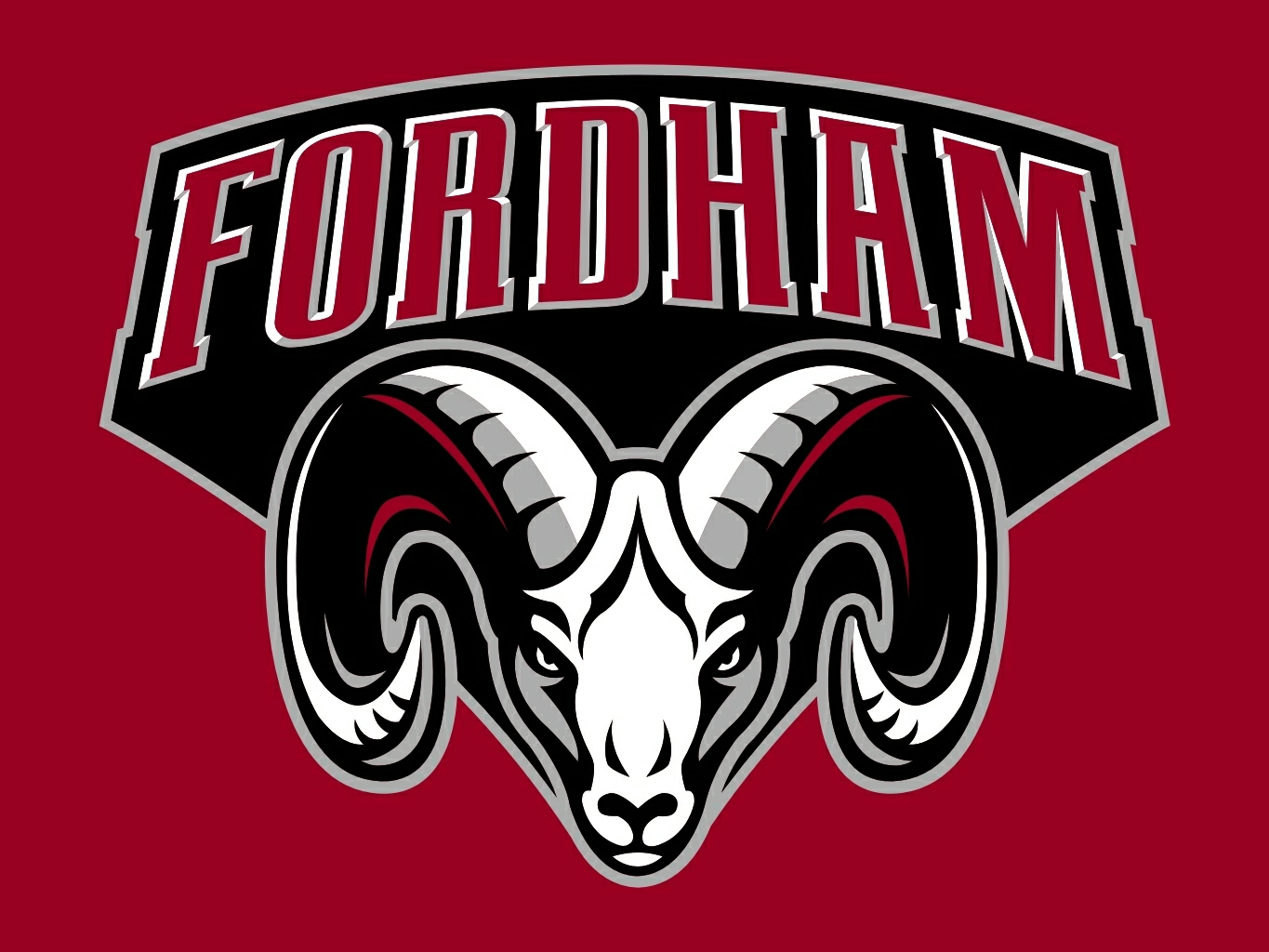 Fordham University sent acceptance letters to 2,500 students by mistake. This isn't the first time a university made this error-and it likely won't be the last. In 2012 alone, UCLA sent acceptances to 894 seniors on a wait list, Vassar sent letters to 76 early-decision candidates, and the University of California, Los Angeles, sent letters to 900 wait-list candidates, most of whom were later rejected.
Fordham University sent acceptance letters to 2,500 students by mistake. This isn't the first time a university made this error-and it likely won't be the last. In 2012 alone, UCLA sent acceptances to 894 seniors on a wait list, Vassar sent letters to 76 early-decision candidates, and the University of California, Los Angeles, sent letters to 900 wait-list candidates, most of whom were later rejected.
At Fordham, the letters came as a financial aid notice sent to 500 students who were rejected and 2,000 who were deferred admission. A spokesperson for the university said,
"Oversight errors don't just come about, as you know. It occurred when data was transferred from a staging environment to our development environment and it was a member of our database services team who made the error."
In a statement to The New York Times, Fordham wrote,
"Fordham and its undergraduate admissions staff are acutely aware of the high hopes prospective students and their families have regarding college acceptances. The University deeply regrets that some applicants were misled by the financial aid notice. The admission staff is working with S.A.S. to find out what went wrong."
Although the note is heartfelt, some students may never forgive the university:
Discussion Starters:
- How do you suppose the error happened? What does the spokesperson mean by the "staging environment"?
- Write two apology emails to the Fordham applicants. What would you say differently to those who were rejected and those who were deferred?
Fake Signer at Nelson Mandela Memorial Service
The man providing sign language interpretation at Nelson Mandela's Memorial Service makes no sense, according to signing experts.
Sources say the interpreter was "gesticulating gibberish." How the man got security clearance is a big question considering that he stood next to President Obama and other leaders from around the world.
The South African government is looking for the man, who seemingly has no connections to the deaf community. It's an odd mystery and not a new one: records show the same man "signing" next to President Jacob Zuma a year ago.
UPDATE: The fake signer has been found. A self-described schizophrenic, Thamsanqa Jantjie has been charged with a series of wrongdoings during the past 20 years, including kidnapping, rape, and murder.
Companies May Get Access to What People Say About Them on FB
 Lots of conversations about companies' products and services happen on Facebook, but companies aren't always privy to them. Now, Facebook is looking for a way to give companies access and the ability to respond.
Lots of conversations about companies' products and services happen on Facebook, but companies aren't always privy to them. Now, Facebook is looking for a way to give companies access and the ability to respond.
Facebook is at a disadvantage compared to Twitter, on which brands easily see what it said about them: all they have to do is search for their name. On Facebook, the process is trickier: people have privacy setting that don't allow for searchable conversations. According to Chris Daniels, vice president of business development for Facebook, "We know people are talking about TV, movies, and media on Facebook. We know it's happening on Facebook more than anywhere else. We just need to surface that more."
With newly developed application programming interfaces (APIs), companies could see those conversations on Facebook, but users would have to adjust their privacy settings. Also, how would users react when companies jump in on what might feel like a private conversation among Facebook friends?
Discussion Starters:
- What's your opinion of the new technology? How would you feel as a Facebook user?
- What should companies consider when deciding whether to jump into Facebook conversations or respond to Facebook comments about a brand?
Glassdoor's Best Employer List
Glassdoor is now in the game of ranking companies to work for, using employee data to determine the top 25. The website asks employees to complete anonymous online surveys about career advancement, compensation, benefits, and work/life balance.
Bain tops the list of the "Employees' Choice Awards" as the best company to work for in 2014, followed by Twitter, LinkedIn, Eastman Chemical, and Facebook. It's interesting that three of the top 5 are social media sites, and Twitter's ranking can only help the new stock. Facebook, however, dropped from first place last year to fifth.
On the rest of the list, we see some old favorites from Fortune's Best Companies to Work For, such as Wegman's and Google, which are both in the Fortune top five.
But the companies don't match entirely. Three of Fortune's top five-SAS, CHG Healthcare Services, and The Boston Consulting Group-are missing entirely from Glassdoor's top 50.
Discussion Starters:
- What could explain the difference in Fortune's and Glassdoor's lists?
- Why do you think Facebook dropped from 1 to 5?
- What surprises you about the Glassdoor company list? Do you see companies that you wouldn't expect on the list, and which are missing?
The Worst Airline Has the Fewest Complaints
Why does Southwest have such bad performance stats but the fewest complaints? According to the Bureau of Transportation, Southwest ranks last in on-time departures, mishandled baggage, and denied boardings, yes it gets the fewest complaints.
The data may surprise you considering each airline's reputation. We seem to think of Southwest as a customer service superstar-and it is when it comes to complaints, with the fewest of the bunch. One theory for this disconnect is that Southwest's interactions compensate for its other disappointing metrics:
Discussion Starters:
- Do you agree with the theory that Southwest gets the fewest complaints because of how employees treat customers? What are other possible theories?
- Conversely, look at United's number of complaints. Does that make sense, given that airline's other metrics?
SpaghettiOs' Pearl Harbor Tweet
Campbell Soup has apologized for an inappropriate tweet posted by its SpaghettiOs brand. On December 7, the 72nd anniversary of the Pearl Harbor attack, whoever manages SpaghettiOs' Twitter feed had the wrong idea for commemorating the event:
Twitter critics were quick, retweeting "A tweet that will live in infamy," "First UH-OH, SPAGHETTIOs headline in 3, 2, 1..." and "Those who believe that any publicity is good publicity have not had much publicity." A smiling piece of pasta didn't seem to be the best way to pay respects to the 2,400 Americans who died.
The tweet was deleted, and Campbell Soup issued this apology: "We apologize for our recent tweet in remembrance of Pearl Harbor Day. We meant to pay respect, not to offend." The spokesperson admitted that the Twitter account is managed internally.
Discussion Starters:
- Do you find the tweet offensive, cute, or something else? Are people just too sensitive?
- How could this situation have been prevented?
- Campbell Soup's statement is short. Do you find it effective? How, if at all, could the statement be improved?
Motorola Apologizes for Website Crash
Motorola's website couldn't handle the traffic on Cyber Monday, and the company apologized.
A deal offering $150 off the price of a Moto X smartphone was so popular that people couldn't complete the transaction. Motorola's CEO posted an apology on the company's blog:
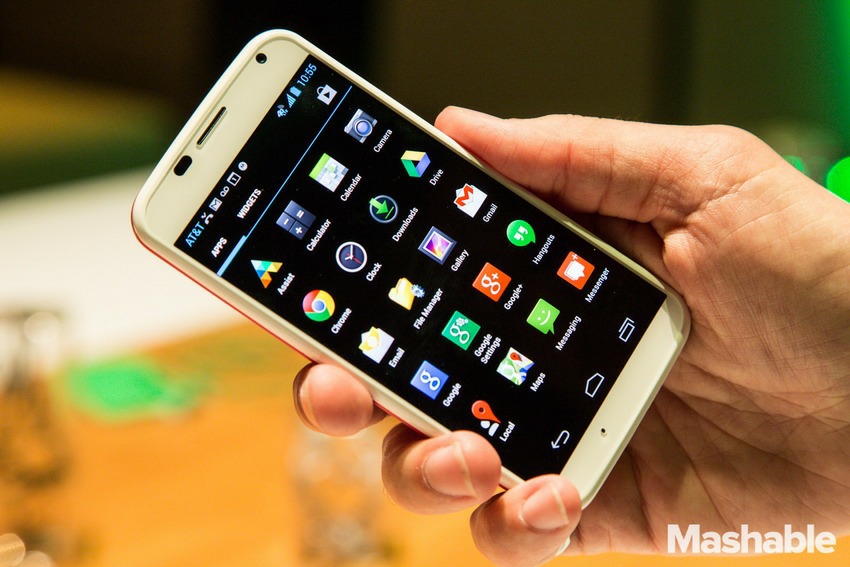 I want to apologize to our customers and fans for the issues we experienced on our website with our Cyber Monday promotion. I want you to understand what happened, and what we are doing to rectify the situation.
I want to apologize to our customers and fans for the issues we experienced on our website with our Cyber Monday promotion. I want you to understand what happened, and what we are doing to rectify the situation.
Overall, feedback about Motorola's response was positive.
Discussion Starters:
- Assess the CEO's apology in terms of content, word choice, tone, audience focus, and tone. What works well, and what could be improved?
- What lessons could other companies learn when experiencing technical problems?
Virgin America's Safety Video Tops 7.8 Million Views
A flight safety video that people want to watch? Virgin America has surpassed Delta's and other creative in-flight videos by producing a fun, catchy musical.
What strikes me about this and all flight safety videos is the requirement to show us how to put on a seat belt. The video pokes fun ("For the .001 percent of you who have never operated a seat belt before..."), but apparently the FAA or whatever agency regulates these issues won't relent.
Discussion Starters:
- Look at Delta's and other airlines' safety videos. Which are best and why?
- What, if any, downsides do you see of showing Virgin's video on a flight?
Gap Responds Swiftly to Racist Comments
When Gap heard one of its ads was graffitied with racist comments, the company responded quickly.
Gap created an ad featuring Waris Ahluwalia, an Indian-American designer and actor, and Quentin Jones, a model and filmmaker. Much of the reaction was positive, but not everyone was happy with the portrayal. This version of the ad made the rounds on Twitter:
When Gap learned of the graffitied ad, the company asked for more information, which is appropriate before deciding how to respond. Soon after, Gap changed its Twitter banner to the original image:
Support for Gap's response traveled throughout Twitter, with people thanking Gap and promising to shop the store for the holidays.
Still, Gap's other ads as part of the "Make Love" campaign are getting mixed reviews. An ad featuring two men was defaced with homophobic comments. That one was ordered removed by the mayor of Chicago.
Discussion Starters:
- What's your assessment of Gap's response? What worked well?
- I don't see any Gap comments or tweets about the situation. Should the company have done anything else?
No Apology About the Metro-North Derailment?
Metro-North is communicating little since a railroad from Poughkeepsie, NY, to Grand Central Station, NYC, derailed, leaving 67 people injured and 4 dead-and an apology doesn't seem forthcoming. No where online does the organization seem to show remorse or any emotion for the impact on people.
Metropolitan Transit Authority (MTA) communications have been paltry, focusing on service issues alone. I suspect the organization is operating under old-school rules, with lawyers cautioning against an apology for fear of admitting guilt. If this is the case, it's a strange mindset: it's unlikely the passengers are responsible in some way, and we know that the train was traveling 82 m.p.h. on a curve with a 30 m.p.h. limit. Signs are pointing towards a sleeping conductor, and lawsuits have already been filed. Why doesn't the MTA do the right thing and show some remorse?
The Metropolitan Transportation Authority(MTA) website is a curious mix of Christmas tidings, service announcements, coupons, and hidden messages. Under the "Transparency" tab on site, under the title "Current News," we see the latest articles, including December 2, when the accident occured:
Wednesday, December 4, 2013 - 18:43
MTA Metro-North Railroad Announces Full Hudson Line Service Thursday
Wednesday, December 4, 2013 - 15:12
See A Christmas Story,The Musical with LIRR
Wednesday, December 4, 2013 - 15:06
LIRR Gets You to Radio City's Christmas Spectacular
Wednesday, December 4, 2013 - 14:53
Our Gift to You – Coupon Savings!
Wednesday, December 4, 2013 - 13:52
Metro-North Crews Rebuild Spuyten Duyvil Tracks
Tuesday, December 3, 2013 - 15:03
Six Lanes For Holiday Travelers At Bronx-Whitestone
Monday, December 2, 2013 - 10:21
Metro-North Hudson Line Service Alert
The article on December 2, "Metro-North Hudson Line Service Alert" is where we find the news. But the bad news is assumed (never previously announced) in the first paragraph and then introduced, oddly, in the ninth paragraph. No mention is made of the 11 critical injuries and four deaths caused by the accident:
Following Sunday's derailment of a Hudson Line train in the Bronx, MTA Metro-North Railroad is operating limited service on the Hudson Line between Poughkeepsie and Yonkers. For travel to Manhattan, customers can catch a shuttle bus at the Yonkers Station to connect with the 242nd Street terminus of the Broadway 1 Subway Line Icon local subway.
New York City Subways will operate two additional 1 Subway Line Icon local trains per hour during the peak periods.
Hudson Line will continue to be cross-honored on the subway.
Many of the 26,000 people who use the Hudson Line on an average weekday are encouraged to ride the Harlem Line as an alternative.
People who do not have to travel are urged to telecommute. People should expect crowded trains.
In cooperation with Westchester and Putnam counties and local municipalities, special parking is being arranged to accommodate additional drivers at the Southeast Station at the northern terminus of the Harlem line and at KensicoDam, which is in walking distance to the Valhalla station. Riders should consult mta.info for additional information on the continuing repair effort and service restoration.
Metro-North Customer Service representatives will be on hand to assist customers in making the transfers.
Cranes and other special heavy equipment are being positioned to remove the rail cars from the area so that repairs can begin. The equipment will arrive this evening begin work following clearance from the NTSB and work will continue through the night.
The accident occurred just before 7:30 a.m. on Sunday, a southbound, Hudson Line train with about 120 passengers on board derailed just north of the Spuyten Duyvil station in the Bronx. All cars derailed.
The National Transportation Safety Board sent a team of investigators who arrived on Sunday and immediately began documenting the scene. Metro-North is cooperating fully with that investigation. With NTSB approval, Metro-North workers will begin clearing the cars, using cranes and heavy equipment.
Customers are advised to check the website for the latest service updates.
A Twitter search for an apology revealed nothing. Metro-North tweeted a flurry of apologies about service failures before the accident, and one rider posted an MTA text message apologizing for service back in August.
A NY Daily News article from November 11 tells us we should expect nothing like an apology:
"The MTA doesn't issue an apology when someone is hit by a subway train - and it doesn't whip out the checkbook, either.
"About 90% of the 92 "man-under" lawsuits that were resolved in the last five years ended in the Metropolitan Transportation Authority's favor, according to a breakdown by the MTA.
"The MTA didn't pay a dime in 73 of those cases. It dispensed with another nine cases with paltry go-away payments averaging $40,000, according to the authority's information. Five big cases did result in payoffs totaling $33 million. . . ."
Between Sunday, when the accident occurred, and today, Thursday, at noon, Metro-North tweeted about 85 times. Three of those tweets apologize only for service issues.
The only hint of humanity seems to be in this tweet:
Discussion Starters:
- How is the MTA different from other organizations we have seen apologize over the past several years?
- What is the legal perspective on apologies? How can a management team effectively balance this with humanity?
- Draft a tweet, news release, and email to victims' families to apologize for the derailment.
Study Finds Facebook Improves Image During a Crisis
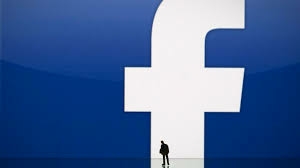 A Missouri School of Journalism study found that Facebook posts improved how people perceived organizations during a crisis. A doctoral candidate showed study participants two fictional stories about universities in crisis. Then, participants read Facebook posts by each university and were asked how the felt about the crisis. Attitudes about the organizations improved, and participants thought the crisis was less severe.
A Missouri School of Journalism study found that Facebook posts improved how people perceived organizations during a crisis. A doctoral candidate showed study participants two fictional stories about universities in crisis. Then, participants read Facebook posts by each university and were asked how the felt about the crisis. Attitudes about the organizations improved, and participants thought the crisis was less severe.
Seoyeon Hong also found that a narrative, or storytelling, type of writing in the Facebook posts was more effective than a style that wasn't narrative:
"This indicates that the effect of narrative tone in organizational statements during crises increases perceived conversational human voice, which represents a high level of engagement and best communicates trust, satisfaction, and commitment to the audience. This is an important practice for public relations professionals because perceptions that an organization is sincerely trying to provide timely and accurate information during a crisis can lead to not only more favorable attitudes toward the organization, but also perceptions of less responsibility the organization has for causing the crisis."
Discussion Starters:
- Does this research surprise you? Why or why not?
- Find an example of an organizationi's Facebook post written as a narrative. What is effective about that style?
Yale Communicates During "Lockdown"
Yale University had a communication challenge after a threatening phone call caused a campus lockdown. A student reported that his roommate was planning to go to campus with a gun. Later, the police interviewed a witness who saw someone with a "long gun." The call turned out to be a hoax, and reports of someone with a gun could have been a police officer, who were making their way to the scene.
Still, the university sprung into action, possibly with concerns about another Virginia Tech or Sandy Hook shooting. The university policy department provided updates on its Facebook Page.
Appropriate for crisis communications, these bad-news messages use the direct style: the main point is right up front.
Now, on Yale's Emergency Management site, we see no mention of a potential gunman. Likely the university would like to see the entire incident go away.
Discussion Starters:
- Look for other university communications about the incident. What else can you find?
- Although I can't find the email on the web, the articles reference one sent from the university to students and parents. What do you think was included in the message? Draft a possible outline of the email.
Walmart Criticized for Food Drive for Employees
Walmart Foundation has initiated a campaign against hunger, but an internal effort to help Walmart associates is getting more attention. In this video produced by Walmart Corporate, an executive explains the $2 billion effort, which includes a food drive.
The sign, below, taped to a table inside an employee breakroom at Walmart store, isn't getting such a welcome response. A Walmart employee in Canton, Ohio, photographed the sign as an indication that the company pays insufficient wages.
Spokesperson Kory Lundberg told Yahoo Finance,
"That store has set up a bin for associates to help out other associates. These are people that have had some unforeseen hardship in the last year. Maybe their spouse lost a job, or they experienced the death of a loved one, or a natural disaster impacted their home-things you just can't plan for. It's a chance for associates to look out for and help each other."
Discussion Starters:
- What's your reaction to the food drive for employees? Do you buy the spokesperson's explanation, does this prove that Walmart doesn't pay enough, or something else?
- What important messages do you hear in the Walmart video? How effective is the video in convincing you that Walmart has a serious commitment to ending hunger?





